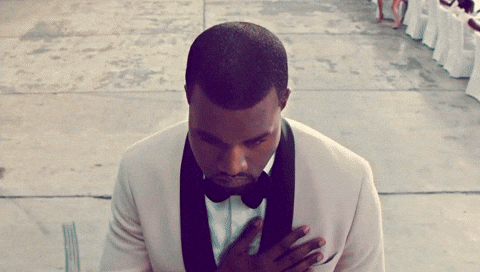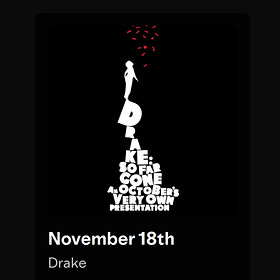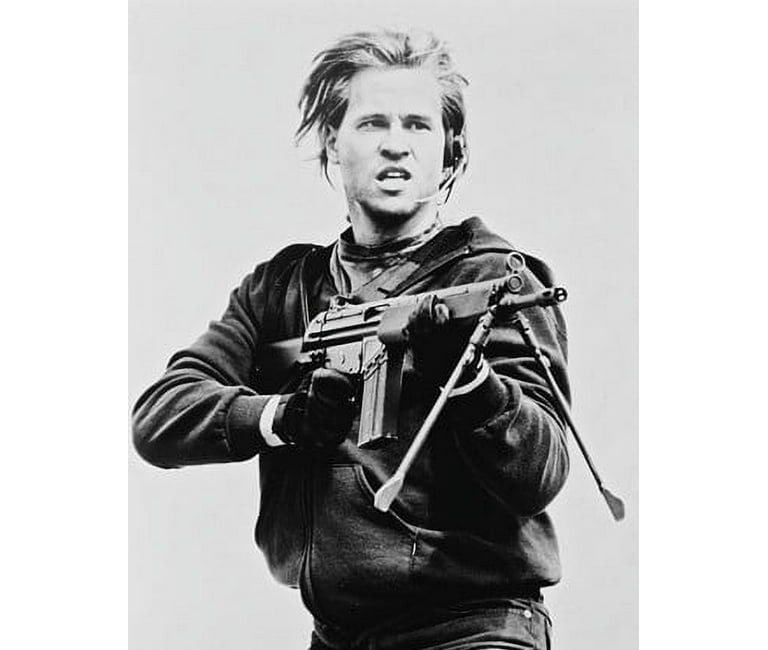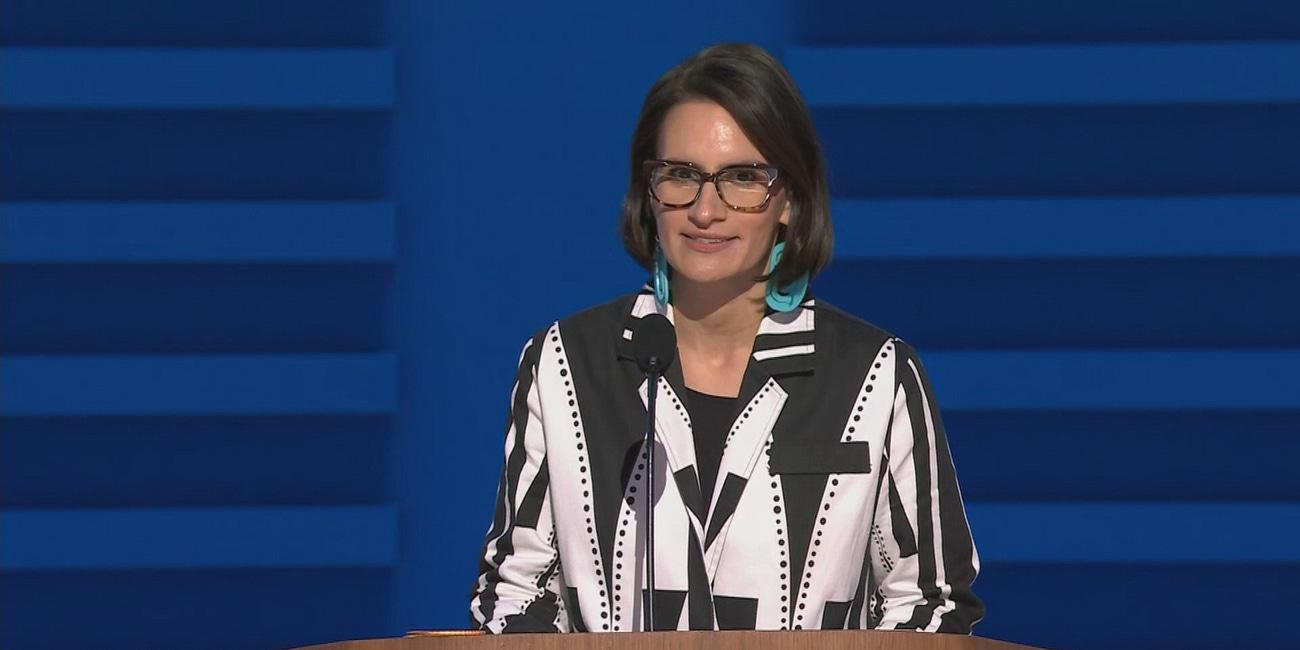A weekly cultural and political brief—Certain Sips: the Weekend Brew
It’s Record Store Day in America.
Don’t get me wrong, I love Los Angeles. But Record Store Day holds a place in my Minneapolis-baked heart: the first real day of Spring every year and a moment when the culture, community, and beauty in my native land would all blossom at once. This semi-annual celebration of independent music stores launched nationwide in 2008, just as the mortgage-based economic meltdown was ramping up into full swing.
While movies about finance are always fun, there’s something especially compelling about those that recreate the aura of the 2008 financial crisis. As you know, I recently rewatched 2015’s The Big Short and 2010’s Margin Call, two of the all-time great Wall Street films (both are even better than, well, Wall Street). I had been meaning to screen these gems for quite some time. Only by tragic coincidence did our current crisis of economic instability imbue my cinematic experience with a fresh coat of historical resonance.
With fiscal calamity and near-certain recession back on the daily docket, the lovable nerds over in
’s subscriber chat couldn’t help but ask: what recession-core culture are we nostalgically revisiting to cope with Trump’s war on our household wealth and our homeland’s hegemonic power?Lehman Brothers investment bank, one of the firms that inspired Margin Call, collapsed on September 15, 2008. That week T.I. topped the Billboard music charts with Whatever You Like, followed closely by M.I.A.’s Paper Planes and Katy Perry’s I Kissed A Girl. The Coen Brothers’ film Burn After Reading led the box office top ten, which also included summer blockbusters Tropic Thunder and The Dark Knight still packing theaters.
As memorable as these songs and films are, recession-core culture runs far deeper than the era’s flagship artistic outputs. The very means of expression, creation, connection and amplification turned inside out just as rapidly as the economic world we thought we knew and understood. In the 24 months leading up to the financial collapse, Twitter launched, Facebook opened to the public, Google purchased Youtube, and Apple released the iPhone—tying it all together and changing media creation and consumption forever.
The years between 2006 and 2010 were indeed a whirlwind, yet still a far simpler time than today. Kanye West was at the height of his creative prowess and had yet to go fully mad. 808s & Heartbreak and My Beautiful Dark Twisted Fantasy (MBDTF) were the products of someone who could at that time be reasonably considered a “very stable genius.” But as with Wall Street’s toxic get-rich-quick collateralized debt obligations and credit-default swaps, it was not meant to last.
Nor was the tender innocence of a little-known Torontonian C-list actor and aspiring amateur rapper. Aubrey “Drake” Graham released the So Far Gone mixtape on February 13, 2009, five months into the unfolding economic crisis. Happy Valentine’s Day: young Drake’s breakthrough mixtape hit on nearly every emotion in the romantic gauntlet, sampling the era’s biggest pop hits across genres as he firmly carved out a lane among rap’s elite.
Daily Dose of Certainty: November 18, 2024
November 18th, the fifth track on Drake’s breakout 2009 mixtape So Far Gone, is much more than an exposition of wintry opulence: it’s a love letter to Houston and to Drake’s mentor and partner Lil Wayne.
Drake would come to dominate the hip hop charts in the 2010s, just as Kanye had reigned supreme in the 2000s. And while Drake’s fall from grace has been nowhere near as dramatic as Kanye’s, no responsible parent would in 2025 welcome either of them into their home. But in this house, the only kid I watch out for is 40-year old Evan Alexander Stern—and that guy loves peak Kanye and prime Drake no matter how monstrous the men behind the music have become.
Good Listening
As his creative output floundered Drake has become an increasingly corrosive influence on the culture, monetizing his fame to sell highly addictive internet gambling to a generation that most certainly does not need it. Meanwhile Kanye has gone full-throated Nazi. But I just can’t quit them. To me, recession-core evokes more than my beloved November 18; it’s the entire game-chaning So Far Gone mixtape. It’s not just Runaway. It’s Kanye’s full 35-minute MBDTF music video masterpiece.
It is deeply disorienting and disturbing to have to reckon with Trump’s man-made financial devastation on top of the president’s preexisting torrent of terror. Recession-era music, for what it’s worth, may be one of our best tools to help soothe the savage breast. What’s on your recession-core coping playlist? See you next time, old sport.
ICYMI, check out these related posts:
Certain Sips: The Weekend Brew—Drake, Deb Haaland, and Peggy Flanagan
Drake may never release another good song again, which would be most unfortunate for his genuine fans like me. In light of this week’s epic failure, I soothed myself by enjoying some of his old brilliance: Champagne Poetry, the ambitious 6-minute lead track off 2021’s Certified Lover Boy.
Will the Real Slim Shady Please Sit Down?
Brain Damage echoed in the hearts of a generation of bullied kids, many of them neurodivergent just like Eminem. This track also contributes a key biographical puzzle piece to the Slim Shady LP’s introductory character sketch: Eminem is a menace because he was traumatized by people and systems that didn’t care to understand or protect him. Hurt people hurt people.
But hurt people also produce powerful art, the fruits of that most solitary form of emotional labor.











I put together my Sandhill Memorial Playlist in 2007 or so when working for a venture capital data analyst startup. I sensed impending doom. Songs included Graham Parson’s Million Dollar Wedding and J-Live Satisfied. YouTube playlist, Sand Hill Shuffle. https://youtube.com/playlist?list=PL5k9lX1opGEqOWITu-7Dh8-Id1aoLa-kn&si=fAkivpsTX0pvYwjB